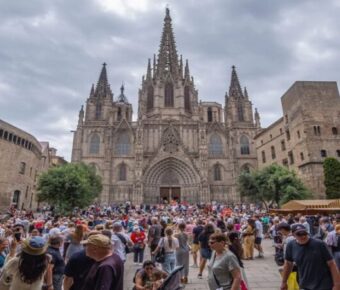
Is Kyoto Safe? 5 Essential Tips for Worry-Free Travel in Japan’s Cultural Gem
Kyoto, the former imperial capital of Japan, draws visitors with its rich history and cultural treasures. Many travelers wonder about safety when visiting new places. Kyoto stands out as one of the safest cities in Japan, boasting extremely low crime rates. Tourists can explore ancient temples, stroll through charming neighborhoods, and soak in the traditional atmosphere with peace of mind.
Japan’s reputation for safety extends to Kyoto, where locals and visitors alike enjoy a secure environment. The city’s clean streets, efficient public transportation, and helpful residents contribute to its welcoming atmosphere. While pickpocketing can occur in crowded tourist areas, violent crime is very rare. Women travelers often feel comfortable wandering the city alone, even at night.
Table of Contents
- Historical Context of Safety in Kyoto
- Comparing Kyoto’s Safety to Other Japanese Cities
- Specific Safety Considerations for Travelers
- Petty Theft and Scams
- Women Travelers Risk
- Safety for Solo and Elderly Travelers
- Natural Disasters and Geographical Risks
- Earthquakes and Tsunamis
- Weather Considerations
- Culture and Crime: Understanding Local Etiquette
- Navigating Kyoto Safely
- Public Transportation and Walkability
- Safe Areas to Stay and Roam at Night
- Kyoto’s Attractions and Tourist Safety
- Famous Temples and Shrines
- Cultural Districts and Markets
- Preparation and Prevention: Travel Safety Tips
- Frequently Asked Questions
- What precautions should solo female travelers take when visiting Kyoto?
- How does Kyoto’s safety compare to other major Japanese cities like Tokyo and Osaka?
- Can tourists feel secure while walking around Kyoto after dark?
- What are the natural disaster risks for travelers in Kyoto, such as tsunamis?
- How well can visitors communicate in English when traveling through Kyoto?
- What are lesser-known safety tips for tourists experiencing Kyoto’s attractions?
- Book Your Dream Experience
- More Travel Guides
Historical Context of Safety in Kyoto
Kyoto has a long history of being a safe city. For centuries, it was the imperial capital of Japan. This meant it had strong defenses and a well-organized police force.
The city’s Buddhist and Shinto traditions also played a role. These religions emphasize peace and harmony, which helped create a culture of respect and low crime.
During the Edo period (1603-1868), Kyoto was known for its strict law enforcement. The shogunate kept tight control over the population, which led to very low crime rates.
Even after the capital moved to Tokyo, Kyoto kept its reputation for safety. The city’s focus on preserving its cultural heritage helped maintain order, and many historic sites became popular tourist spots.
In modern times, Kyoto’s safety record has stayed strong. The city’s crime rates are among the lowest in Japan, and the police are known for being helpful to visitors.
Kyoto’s safety is partly due to Japanese culture. There’s a strong emphasis on following rules and respecting others, which makes violent crime very rare.
The city’s layout also helps. Many narrow streets and small neighborhoods create a sense of community, so people tend to look out for each other.
Comparing Kyoto’s Safety to Other Japanese Cities
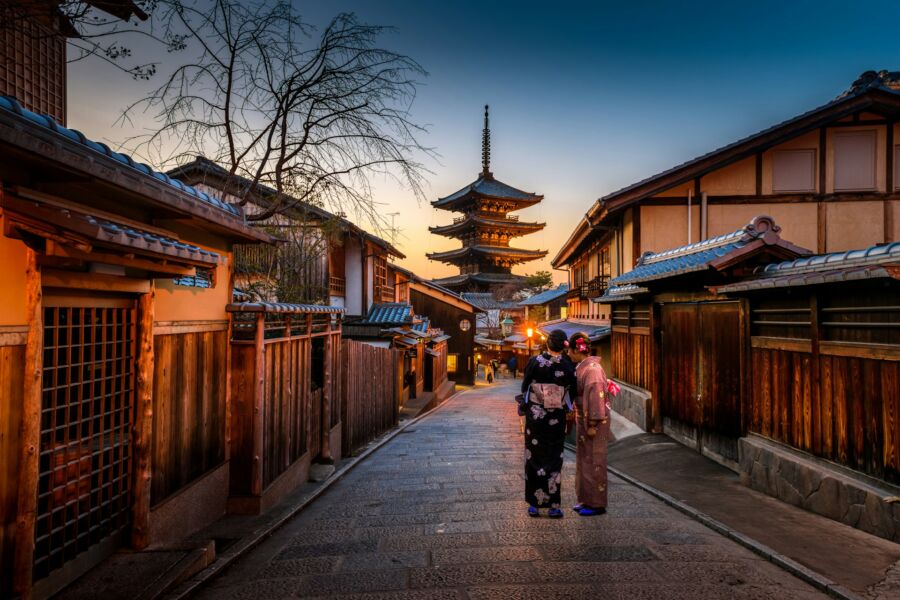
Kyoto shines as one of Japan’s safest cities. It’s a place where you can stroll around at night without worry, and the city’s crime rates are impressively low, even by Japanese standards.
Let’s stack Kyoto up against some other big cities in Japan:
- Tokyo: The capital is safe, but Kyoto feels even more secure.
- Osaka: Known for its friendly locals, but Kyoto edges it out in safety.
- Sapporo: Another safe spot, but Kyoto’s smaller size gives it an edge.
Kyoto’s streets are clean and well-lit, and you’ll see lots of locals out and about, even late at night. This adds to the safe vibe of the city.
One thing that sets Kyoto apart is its layout. The city is more spread out than Tokyo or Osaka, so it has less crowding and a more relaxed feel.
Public transport in Kyoto is a breeze too. Buses and trains are clean, on time, and safe to use, so you can hop on without a second thought, day or night.
Pickpocketing can happen in busy areas, just like any city, but it’s rare in Kyoto. Just keep an eye on your stuff in crowded spots and you’ll be fine.
Remember, Japan as a whole is super safe, and Kyoto is the cream of the crop in an already safe country. It’s a place where you can really let your guard down and enjoy your trip.
Specific Safety Considerations for Travelers
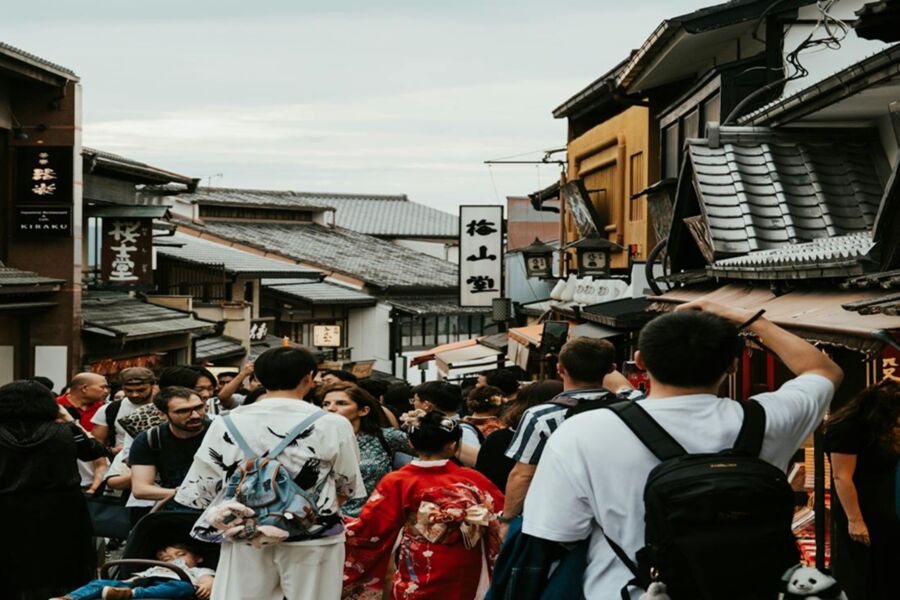
Kyoto is a safe city, but travelers should still take a few precautions. Being aware of potential risks can help ensure a worry-free trip to this beautiful Japanese destination.
Petty Theft and Scams
While Kyoto has low crime rates, pickpocketing can happen in crowded tourist areas. Keep your belongings close, especially in busy spots like train stations or markets. Use anti-theft bags or money belts for extra security.
Watch out for common scams targeting tourists. Be wary of strangers offering to take your photo – they might run off with your camera. Avoid unofficial tour guides who approach you on the street, as they often overcharge or lead you to shady businesses.
Some bars in the Gion district have been known to overcharge foreigners, so stick to reputable places and always check prices before ordering. If a deal seems too good to be true, it probably is.
Women Travelers Risk
Kyoto is generally safe for women, but a few precautions can help. Avoid walking alone late at night, especially in dimly lit areas. If you’re out after dark, stick to well-lit main streets.
Groping on crowded trains can be an issue, so consider using women-only train cars during rush hour. These “pink” cars are usually the first or last carriage.
Be cautious of overly friendly strangers, particularly in nightlife areas. Trust your instincts if a situation feels off, and don’t be afraid to be firm in saying no to unwanted attention.
Safety for Solo and Elderly Travelers
Solo travelers can feel safe exploring Kyoto. The city’s low crime rate and helpful locals make it a great destination for independent adventures, but it’s still smart to let someone know your plans each day.
Elderly travelers should be aware of Kyoto’s hilly terrain and uneven surfaces in some historic areas. Wear comfortable shoes with good grip, and take breaks when needed, especially in hot weather.
Public transport is reliable and safe for all ages, but rush hour trains can get very crowded. Consider traveling outside peak times if mobility is a concern.
Natural Disasters and Geographical Risks

Kyoto faces some unique safety challenges due to its location. The city sits in an area prone to various natural hazards that visitors should be aware of when planning a trip.
Earthquakes and Tsunamis
Kyoto sits on shaky ground, as it is part of Japan’s Ring of Fire, an area known for frequent seismic activity. Earthquakes can happen without warning, ranging from small tremors to major shakers.
While Kyoto is inland and not directly at risk of tsunamis, strong quakes could still cause damage. Many buildings in the city are built to withstand earthquakes, but older structures may be more vulnerable.
Visitors should familiarize themselves with earthquake safety tips, such as dropping, covering, and holding on during shaking, staying away from windows and falling objects, and following evacuation instructions if given.
Weather Considerations
Kyoto’s weather can pose risks at certain times of year. From June to December, tropical cyclones (typhoons) may impact the region. These storms can bring heavy rain, strong winds, and flooding.
Summer heat waves are another concern, as temperatures can soar and put people at risk of heat exhaustion. Visitors should stay hydrated and seek air-conditioned spaces during the hottest parts of the day.
Winter sees occasional snowfall, which can disrupt travel. Icy conditions may make walking treacherous, especially on Kyoto’s many stone steps and paths.
Travelers should check weather forecasts and plan accordingly. Having a flexible itinerary allows for adjusting plans if severe weather strikes.
Culture and Crime: Understanding Local Etiquette

Kyoto is a city steeped in tradition, where ancient customs blend with modern life. Visitors should brush up on local etiquette to avoid cultural faux pas.
In the Gion District, home to geishas, it’s crucial to be respectful. Don’t chase or photograph geishas without permission, as they’re not tourist attractions, but working professionals.
When visiting temples or shrines, follow these simple rules:
- Remove shoes before entering
- Speak quietly
- Don’t touch religious objects
- Ask before taking photos
At local markets, it’s polite to:
- Greet shopkeepers with a smile
- Avoid haggling over prices
- Use cash for small purchases
Crime is rare in Kyoto, but it’s still smart to watch your belongings in crowded areas. The city is known for its honesty, as lost items are often returned intact.
Japanese culture values harmony and politeness, so bowing is common, but a nod will do for tourists. Avoid loud conversations in public spaces, and always queue up neatly.
Learning a few basic Japanese phrases can go a long way. “Arigatou” (thank you) and “sumimasen” (excuse me) are great starts, and locals appreciate the effort, even if pronunciation isn’t perfect.
Remember, Kyoto’s charm lies in its traditions, so embracing local customs enhances the experience and shows respect for this beautiful city’s heritage.
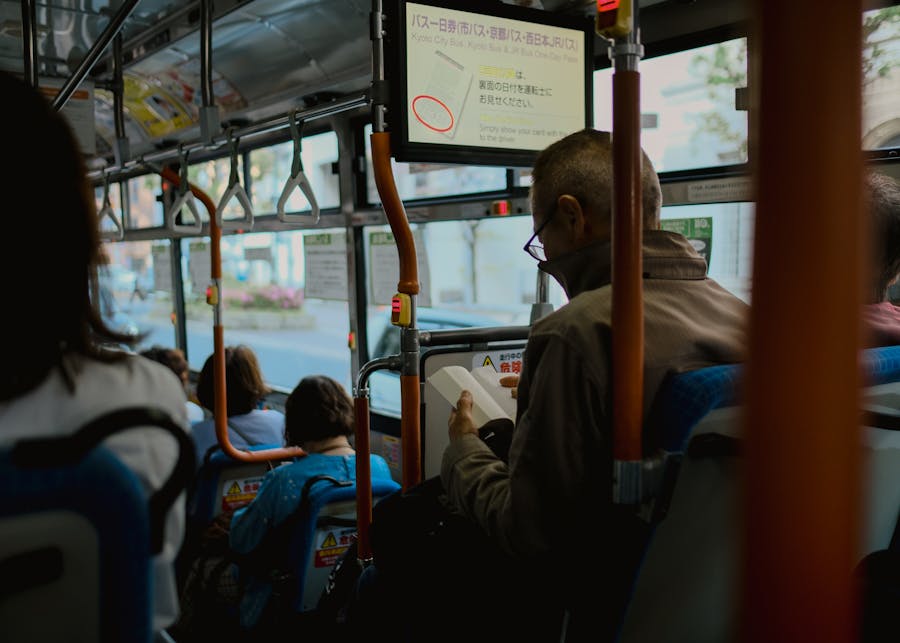
Kyoto is a friendly city for visitors, with reliable public transit and walkable streets. Tourists can feel secure exploring most areas, even at night.
Public Transportation and Walkability
Kyoto’s public transit system is a breeze to use. Buses and trains run frequently and cover the whole city, while the subway is quick and clean. Buses have English announcements, so you won’t miss your stop.
Walking is a great way to see Kyoto up close, as the city is flat and has wide sidewalks in most areas. Rent a bike to cover more ground – there are plenty of bike lanes. Taxis are pricey but handy late at night.
Kyoto Station is the main transit hub, and it’s huge but well-marked. You can catch trains, buses, and the subway there, and the station also has shops and restaurants if you need a break.
Safe Areas to Stay and Roam at Night
Kyoto is pretty safe overall, but some areas are better for tourists. The downtown area around Kawaramachi and Shijo streets is lively and well-lit at night, and lots of hotels and restaurants make it a good base.
Gion, the geisha district, is charming to wander after dark, but just be respectful of local customs. The area around Kyoto Station is busy 24/7 and safe to explore.
Avoid tiny alleys late at night, especially if you’ve been drinking, and stick to main streets with other people around. Most crimes against tourists are pickpocketing or scams, not violent attacks, so use common sense and you’ll be fine!
Kyoto’s Attractions and Tourist Safety
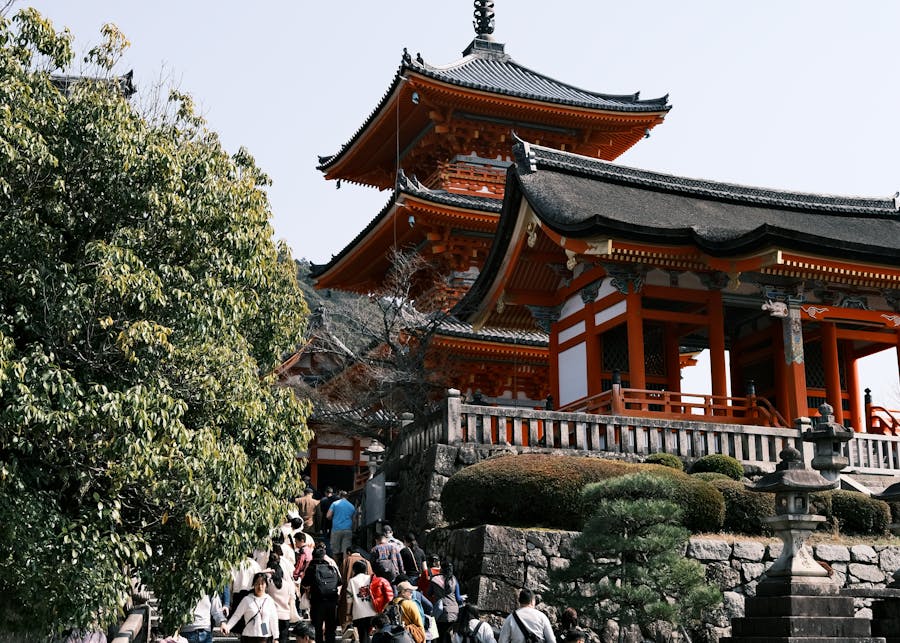
Kyoto offers a wealth of historic and cultural attractions for visitors to explore safely. The city’s famous temples, shrines, and traditional districts provide unique experiences while maintaining high safety standards.
Famous Temples and Shrines
Kyoto’s temples and shrines are must-see spots. Kiyomizu-dera Temple sits on a hillside with great views of the city, and its wooden stage is a popular photo spot. Tourists can walk the grounds safely, but should watch their step on steep paths.
Kinkaku-ji, the Golden Pavilion, shines with its gold leaf exterior. Visitors can stroll the peaceful gardens and admire the temple from designated viewing areas, but it gets crowded, so keep an eye on belongings.
Fushimi Inari Shrine is known for its thousands of orange torii gates. The hike up the mountain is safe, but it can be tiring, so bring water and wear comfy shoes. The shrine is open 24/7, but it’s best to visit during daylight hours.
Cultural Districts and Markets
Kyoto’s historic districts offer a glimpse into old Japan. Higashiyama has narrow lanes lined with traditional wooden buildings, and it’s safe to wander, but watch for bicycle traffic on the streets.
Nishiki Market is a long, narrow shopping street packed with food stalls. It’s fun to sample local treats, but it gets cramped, so keep valuables close and be aware of your surroundings.
Pontocho Alley comes alive at night with restaurants and tea houses, and it’s generally safe, but stick to well-lit areas. The Philosopher’s Path is a quiet canal-side walk, and it’s lovely for a daytime stroll, but best avoided after dark.
Arashiyama bamboo grove is a top photo spot, so go early to beat crowds and enjoy a peaceful walk. The area has some steep hills, so take care if mobility is an issue.
Preparation and Prevention: Travel Safety Tips
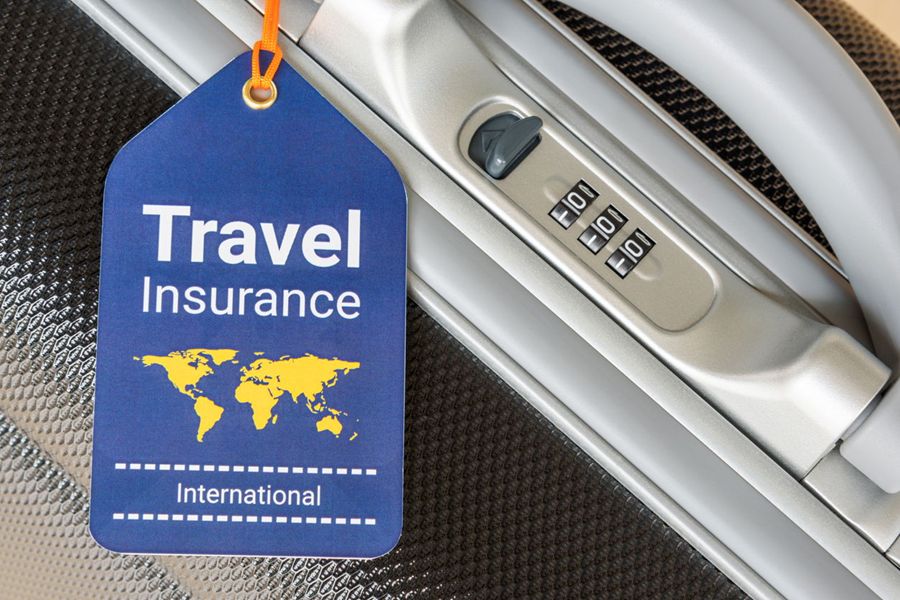
Getting ready for a Kyoto trip? Here are some key tips to stay safe and have a great time:
You must have travel insurance. It covers medical emergencies, lost luggage, and trip cancellations. Don’t leave home without it!
Keep your belongings close. Bag snatching isn’t common in Kyoto, but it’s better to be safe. Use a cross-body bag or backpack worn on your front in crowded areas.
Women travelers can feel pretty safe in Kyoto. The city is known for welcoming solo female tourists. Still, use common sense and stay alert, especially at night.
Speaking of night, stick to well-lit areas after dark. Kyoto’s crime rate is low, but it’s always smart to be cautious.
Learn a few basic Japanese phrases. Locals appreciate the effort, and it can help in emergencies. “Tasukete!” means “Help!” – hopefully you won’t need it!
Terrorism risk is very low in Kyoto. But stay aware of your surroundings and follow any security advice from local authorities.
Lastly, make copies of important documents like your passport. Store them separately from the originals. It’s a lifesaver if anything gets lost or stolen.
With these tips in mind, you’re all set for a safe and awesome Kyoto adventure!
Frequently Asked Questions
Kyoto is a safe city for tourists, but it’s always smart to be prepared. Here are some key things to know about safety in Kyoto, from solo travel tips to natural disaster risks.
What precautions should solo female travelers take when visiting Kyoto?
Solo female travelers can feel pretty safe in Kyoto. It’s a good idea to stay aware of your surroundings, especially at night. Stick to well-lit areas and main streets after dark.
Trust your gut if a situation feels off. It’s okay to be friendly, but don’t give out personal info to strangers.
How does Kyoto’s safety compare to other major Japanese cities like Tokyo and Osaka?
Kyoto is just as safe as Tokyo and Osaka. All three cities have low crime rates. Petty theft can happen anywhere, but violent crime is rare in Japanese cities.
Kyoto might feel a bit calmer than bustling Tokyo. There are fewer crowds in some areas, which can make some folks feel more at ease.
Can tourists feel secure while walking around Kyoto after dark?
Most tourists find Kyoto safe at night. The streets are well-lit in popular areas. You’ll often see other people out and about, even late.
It’s smart to be extra careful in quiet spots or unfamiliar neighborhoods. Taking a taxi for late-night trips is a good choice if you’re unsure.
What are the natural disaster risks for travelers in Kyoto, such as tsunamis?
Kyoto isn’t at risk for tsunamis since it’s inland. Earthquakes are the main natural disaster worry. They can happen anytime, but severe ones are rare.
Typhoons might cause heavy rain and wind in summer and fall. Floods aren’t common, but they can occur in low-lying areas during big storms.
How well can visitors communicate in English when traveling through Kyoto?
English isn’t as widely spoken in Kyoto as in Tokyo. Many locals know some basic English, especially in tourist areas. But don’t count on everyone being fluent.
Learn a few key Japanese phrases before your trip. Carry a translation app on your phone. Most signs at major sites and train stations have English.
What are lesser-known safety tips for tourists experiencing Kyoto’s attractions?
Bicycles are common in Kyoto, and they can zip by quickly on sidewalks. Stay alert when walking, especially in busy areas.
Be careful with your belongings at crowded temples and shrines. Pickpocketing is rare, but it can happen. Keep your bag close and valuables secure.

